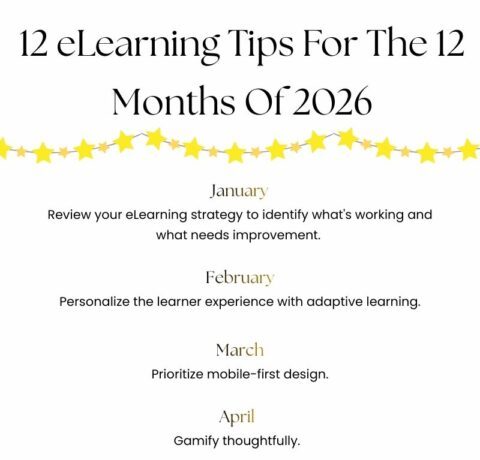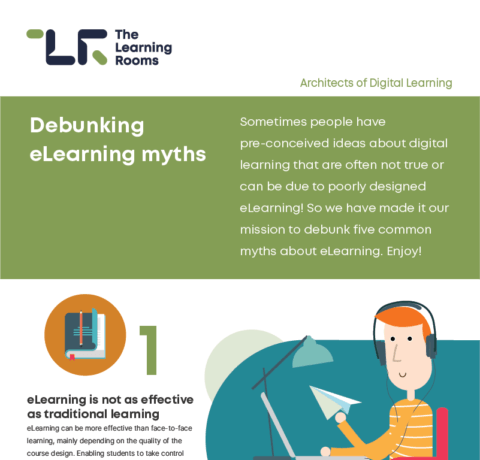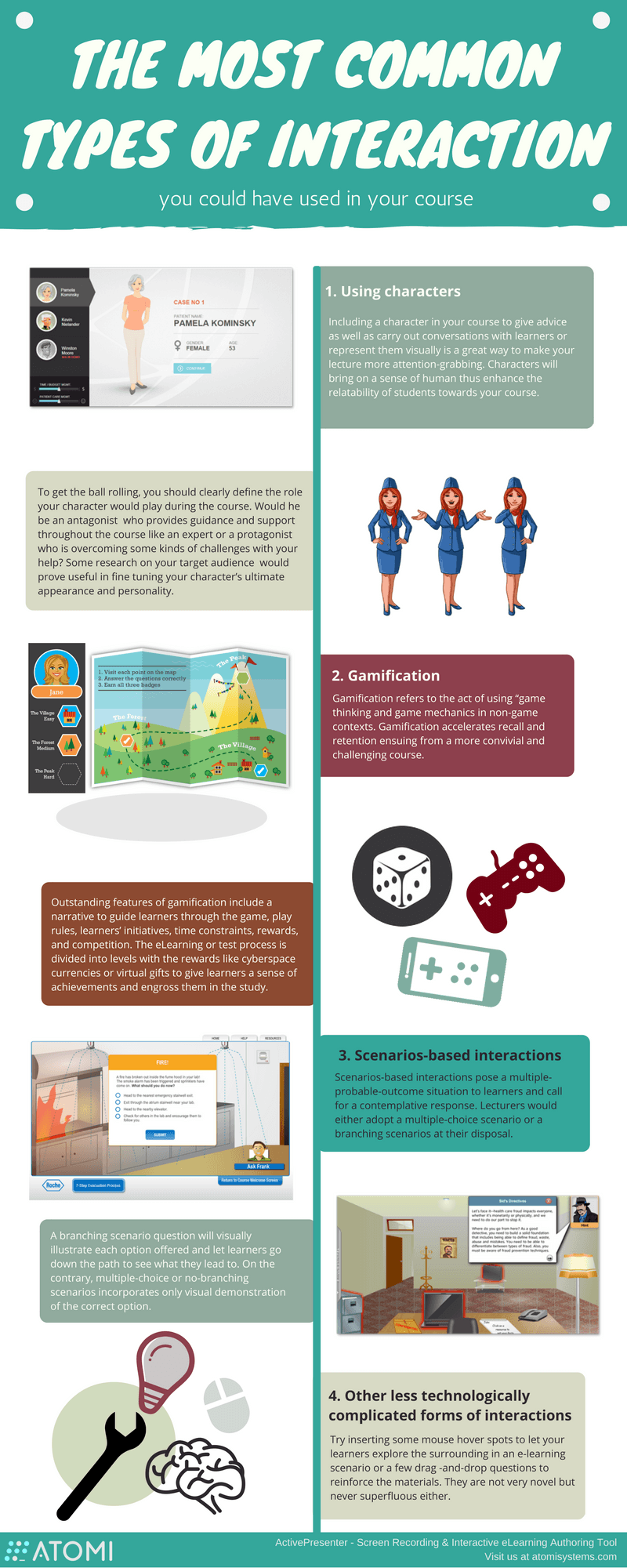Most Common Types of Interactions You Can Use in eLearning Courses
Interactions in eLearning have been deemed as a right-hand in boosting the cognitive benefits of learners. Utilizing interactions in eLearning means provoking learners’ action onto the screen by means of mouse-click, mouse drag, mouse hovering or text typing. If you are a lecturer at a loss at how to engage learners, this infographic will introduce some most commonly used types of interactions that will change your eLearning courses forever.
1. Using characters
Including a character in your course to give advice, give instruction as well as carry out conversations with learners is a great way to make your lecture more attention-grabbing. Characters will bring on a sense of human thus enhance the relatability of students towards your course.
To get the ball rolling, you should clearly define the role your character would play during the course. Would he be an antagonist who provides guidance and support throughout the course like an expert or a protagonist who is overcoming some kinds of challenges with your help? Some research on your target audience would prove useful in fine tuning your character’s ultimate appearance and personality.
Read also: Developing eLearning Characters: A Quick Guide For eLearning Professionals
2. Gamification
Gamification refers to the act of using “game thinking and game mechanics in non-game contexts to engage users in solving problems”. Gamification accelerates recall and retention ensuing from a more convivial and challenging course.
Outstanding features of gamification include a narrative to guide learners through the game, play rules, learners’ initiatives, time constraints, rewards, and competition. The eLearning or test process is divided into levels with the rewards like cyberspace currencies or virtual gifts to give learners a sense of achievements and engross them in the study.
3. Scenarios-based interactions
Scenarios-based interactions pose a multiple-probable-outcome situation to learners and call for a contemplative response. Lecturers would either adopt a multiple-choice scenario or a branching scenarios at their disposal. A branching scenario question will visually illustrate each option offered and let learners go down the path to see what they lead to, even if they choose the wrong one. Always take control of the length and steps of your scenarios not to let it creep out of your scope.
On the contrary, multiple-choice or no-branching scenarios incorporates only visual demonstration of the correct option. It also comes in the form of interactive video.
Read also: The Basics of Scenario-Based e-Learning
4. Other less technologically complicated forms of interactions
Bewildered by the previous whole lot of state-of-the-art technologies? You still have some basic tools to kick off your course. Try inserting some mouse hover spots to let your learners explore the surrounding in an e-learning scenario or a few drag and drop questions to reinforce the materials. They are not very novel but never superfluous either.







You can adjust your cookie preferences here.